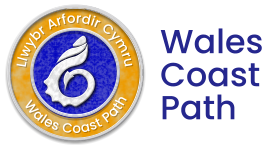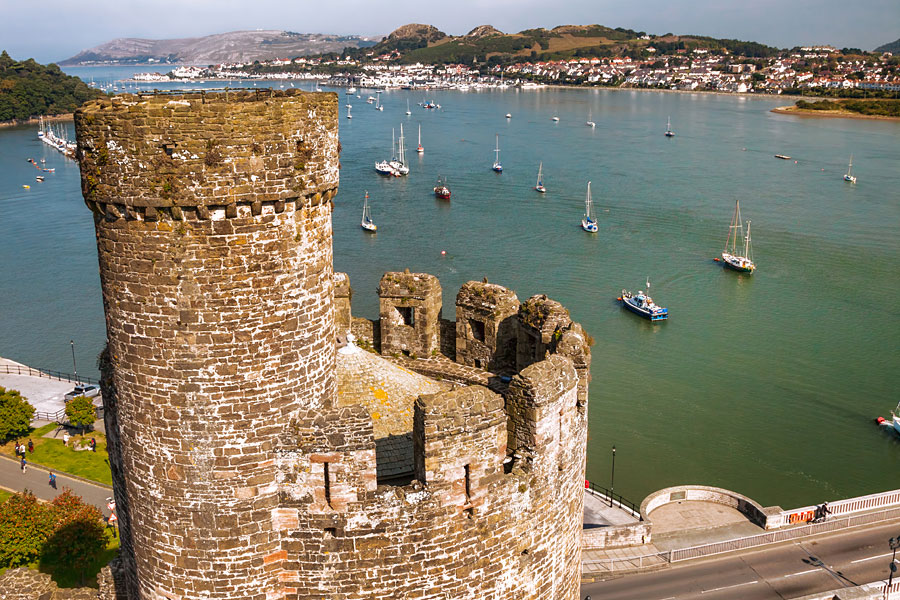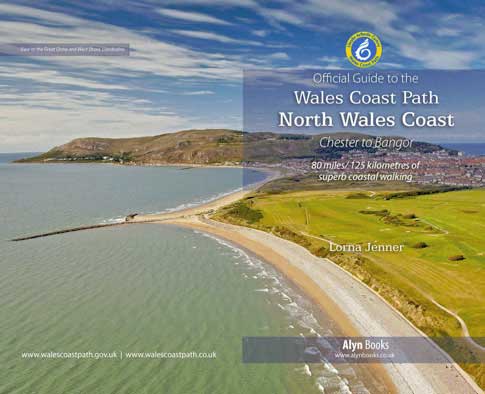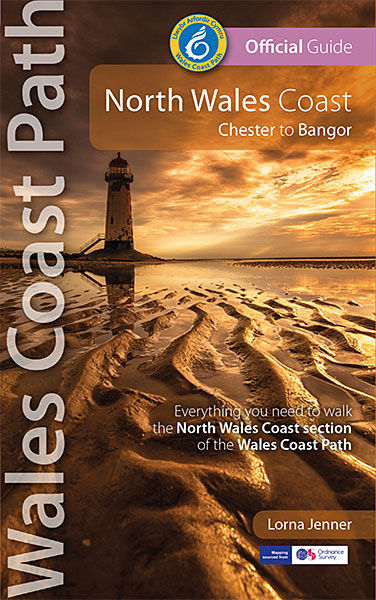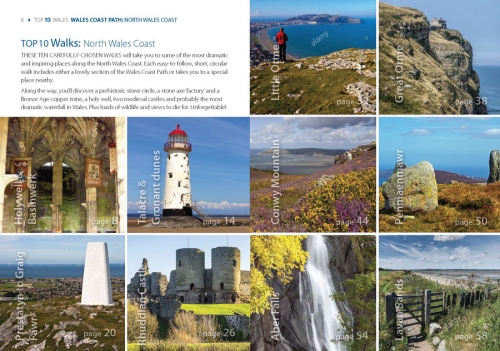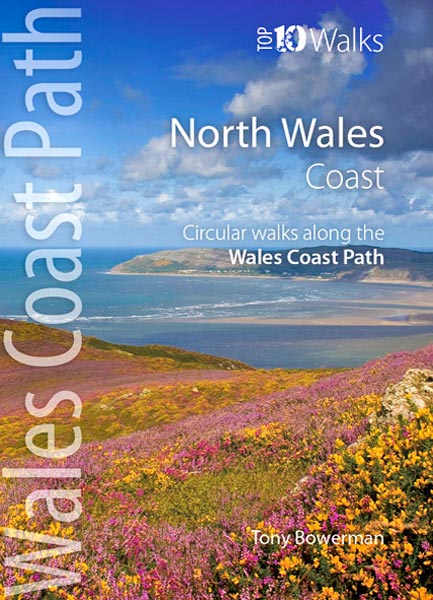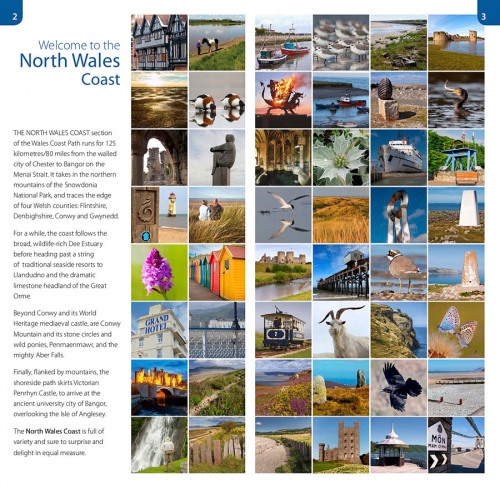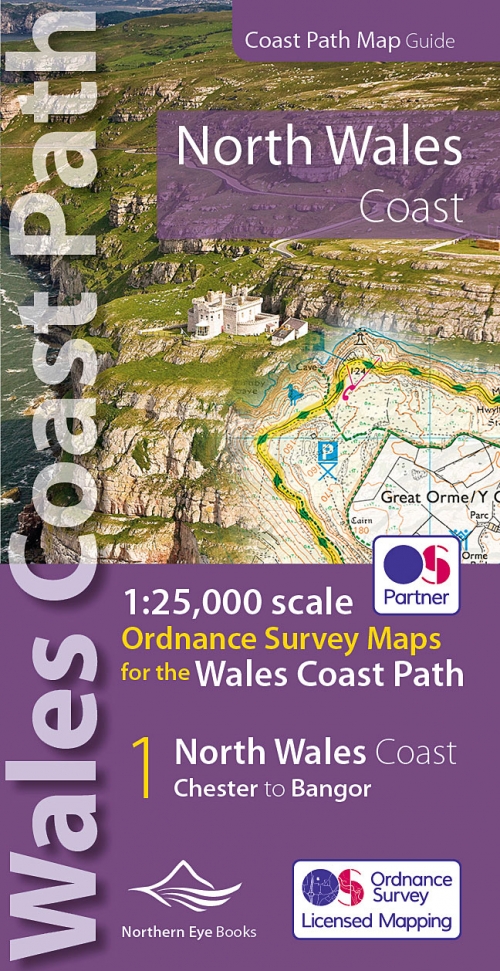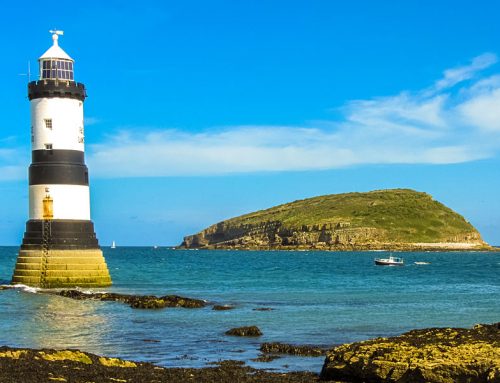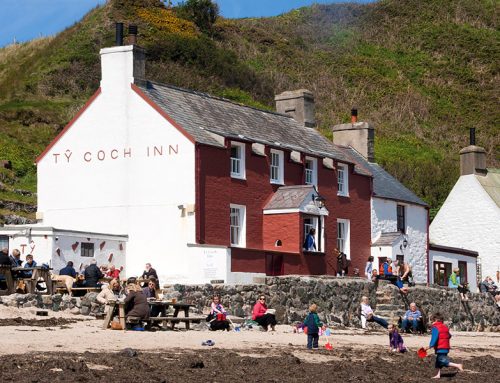Coastal fortress: Conwy Castle guards a strategic river crossing on the North Wales Coast
Chester to Bangor
80 miles/125 kilometres of varied coastal walking spread over eight days.
Day sections
- Chester to Flint
- Flint to Talacre
- Talacre to Pensarn
- Pensarn to Llandudno
- Llandudno to Conwy
- Conwy to Llanfairfechan: Coastal route
- Conwy to Llanfairfechan: Upland route
- Llanfairfechan to Bangor
Best bits of the North Wales Coast
Dee Estuary birds, Flint Castle, Point of Ayr bird reserve, Talacre dunes and lighthouse, Gronant dunes, orchids and little tern colony, Little Orme, Llandudno pier, Great Orme, Great Orme tramway, cable car, Bronze Age mines and feral goats, Conwy town, Conwy Castle, Conwy Mountain and Carneddau ponies, Aber Falls, North Wales Path, Traeth Lavan bird reserves, Penrhyn Castle, Bangor Cathedral, Bangor Pier
Victorian seaside resorts, dramatic headlands and medieval castles
The Wales Coast Path starts at the Welsh-English border less than two miles from the walled city of Chester. Downriver, it traces the broadening River Dee out to the estuary’s mouth at the Point of Ayr with its vast dune system and iconic wave-washed lighthouse. The tidal mudflats, sandbars and creeks along the way are a birdwatcher’s heaven.
Once alongside the Irish Sea, the level coast promenades past a series of traditional Victorian seaside resorts before climbing onto and round the dramatic limestone headlands of the Little and Great Ormes with their rare wildflowers and feral white goats.
Beyond the walled town of Conwy and its medieval castle, there is a choice of official coastal or upland routes, the latter climbing over heather and gorse-clad Conwy Mountain with its wild ponies and spectacular views. From Llanfairfechan, the last leg hugs the water’s edge along the Menai Strait, past Penrhyn Castle, into the ancient university town of Bangor.
The North Wales Coast is also one of the most accessible sections of the Wales Coast Path with regularly spaced coastal train stations and frequent bus services.

